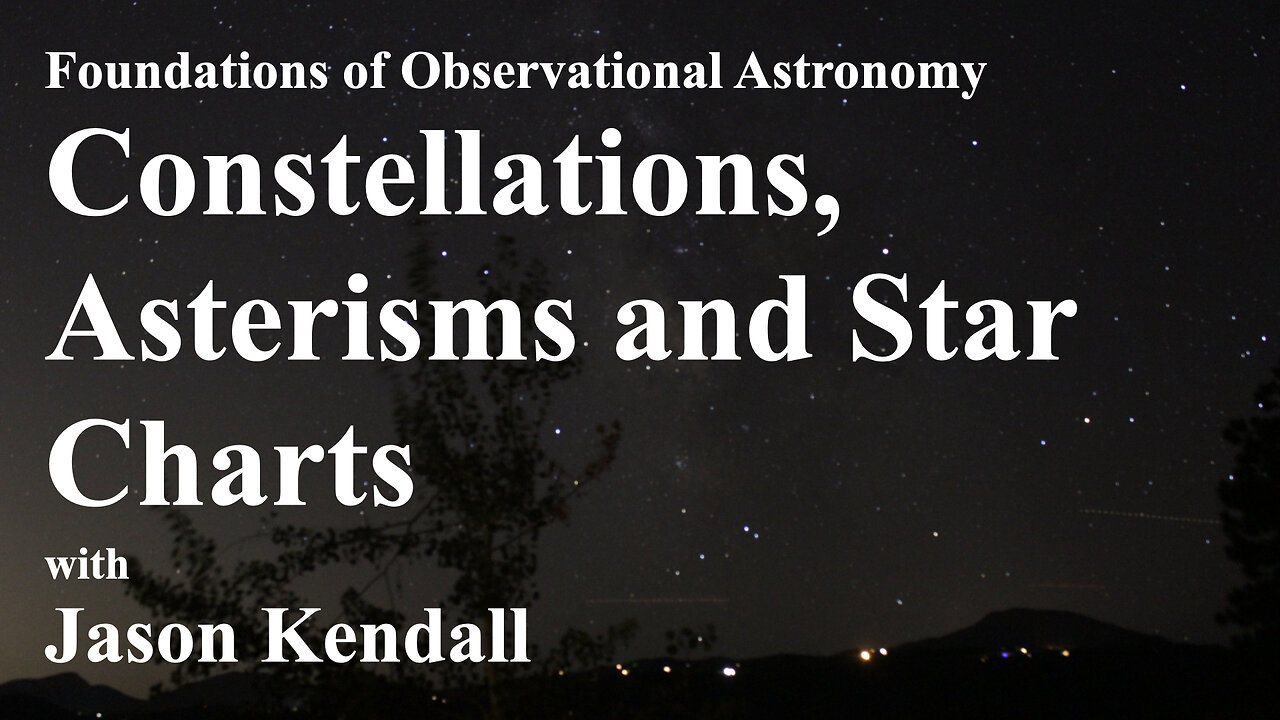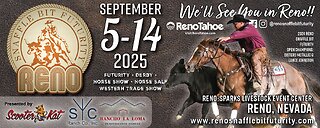Premium Only Content

Exploring the Celestial Sphere: Constellations and Asterisms
In our previous discussion, we examined the horizontal coordinate system as a means to locate celestial objects. Today, we shall delve into the organization and identification of these celestial phenomena. Utilizing Stellarium, an advanced observatory simulation program, we can recognize familiar patterns such as the Belt of Orion, Taurus, and the Pleiades (commonly referred to as the Seven Sisters).
To articulate these patterns, the term constellation is employed. For instance, Orion’s Belt, encircled by stars that delineate a rectangular formation, represents the shoulders and feet of the mythological figure Orion. Another classification of these patterns is termed an asterism, which includes formations like the V shape present in Taurus or the Belt of Orion. Asterisms may encompass multiple constellations, yet both constellations and asterisms are merely patterns observable from our distinct vantage point on Earth.
The mythos surrounding Orion, which spans various cultures, illustrates humanity’s enduring connection to the stars. As light pollution increasingly obscures our view of the night sky, we risk losing this profound connection. By recognizing constellations and asterisms, we can strive to preserve this link.
In my application of Stellarium, I have demonstrated constellations, their corresponding artwork, and methods to identify key stars such as Aldebaran, Betelgeuse, Rigel, and Sirius. Numerous star names derive from Arabic and Greek origins, highlighting the rich tapestry of astronomical history.
In 1922, the International Astronomical Union (IAU) established standardized boundaries for 88 constellations through the use of right ascension and declination. Contemporary star charts, such as those provided by Sky & Telescope, assist in locating these constellations and their prominent features.
For example, Ursa Major, commonly referred to as the Big Dipper, serves as a navigational aid in understanding the official boundaries of constellations and notable celestial objects within them, including galaxies and nebulae.
Accessible resources, such as the night sky maps from NASA’s Jet Propulsion Laboratory, can facilitate the initiation of stargazing endeavors. When utilizing these maps, it is advisable to avoid night blindness by refraining from the use of bright light from mobile devices, thereby enhancing the experience of exploring constellations and asterisms with the naked eye.
I encourage you to continually gaze upward and relish the opportunity to discover these celestial wonders.
-
 18:40
18:40
itsSeanDaniel
7 hours agoPiers Morgan CALLED OUT and HUMILIATED by Andrew Tate
49.5K270 -
 LIVE
LIVE
Times Now World
2 days agoLIVE: "ON CAM: How the Charlie Kirk Shooter ESCAPED – Shocking New Footage Revealed!"
346 watching -
 1:45:51
1:45:51
Game On!
1 day ago $11.36 earnedWise Guys Reveal NFL Week 2 BEST BETS Now
88.5K8 -
 26:57
26:57
Robbi On The Record
2 days agoMouth Breathing Is Why You’re Exhausted | with Dr. Melanie Silvestrini
62.7K6 -
 LIVE
LIVE
Total Horse Channel
10 hours ago2025 Reno Snaffle Bit Futurity | Sunday Finals
109 watching -
 40:44
40:44
SouthernbelleReacts
7 days ago $4.25 earned“Event Horizon (1997) Reaction | Hellraiser in Space with Sam Neill & Laurence Fishburne”
51.5K5 -
 10:49
10:49
Artur Stone Garage
3 days ago $2.82 earnedI Spent $2000 on My Turbo Honda Civic Build (Before & After)
47.7K13 -
 0:44
0:44
Danny Rayes
22 hours ago $4.72 earnedDid Someone Know It Was Going To Happen?
45.7K11 -
 15:03
15:03
World2Briggs
1 day ago $3.80 earnedShocking Home Prices in Florida's Cheapest Towns!
38K9 -
 58:02
58:02
ChopstickTravel
4 days ago $1.69 earnedBillionaire Food in Dubai 🇦🇪 Super Luxury MICHELIN +WAGYU + CAVIAR in UAE!
27.2K1